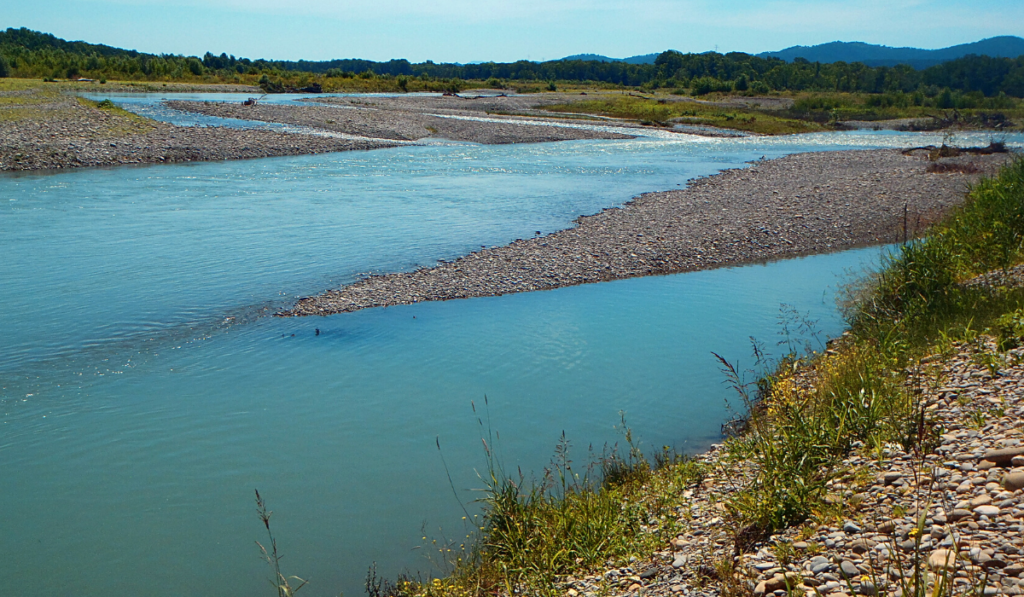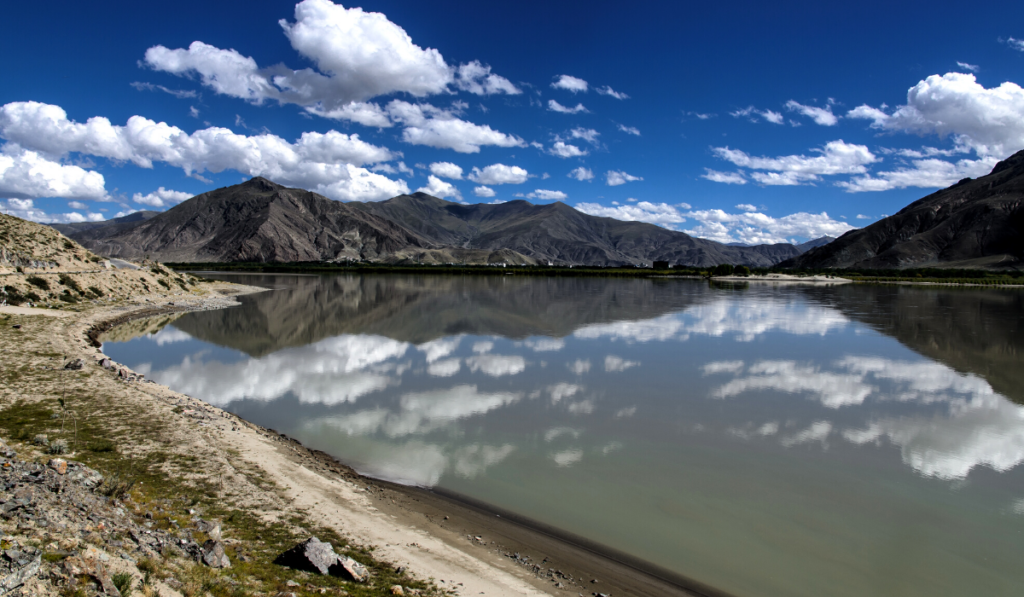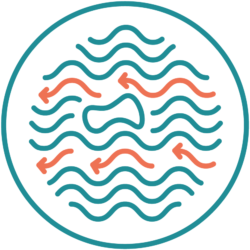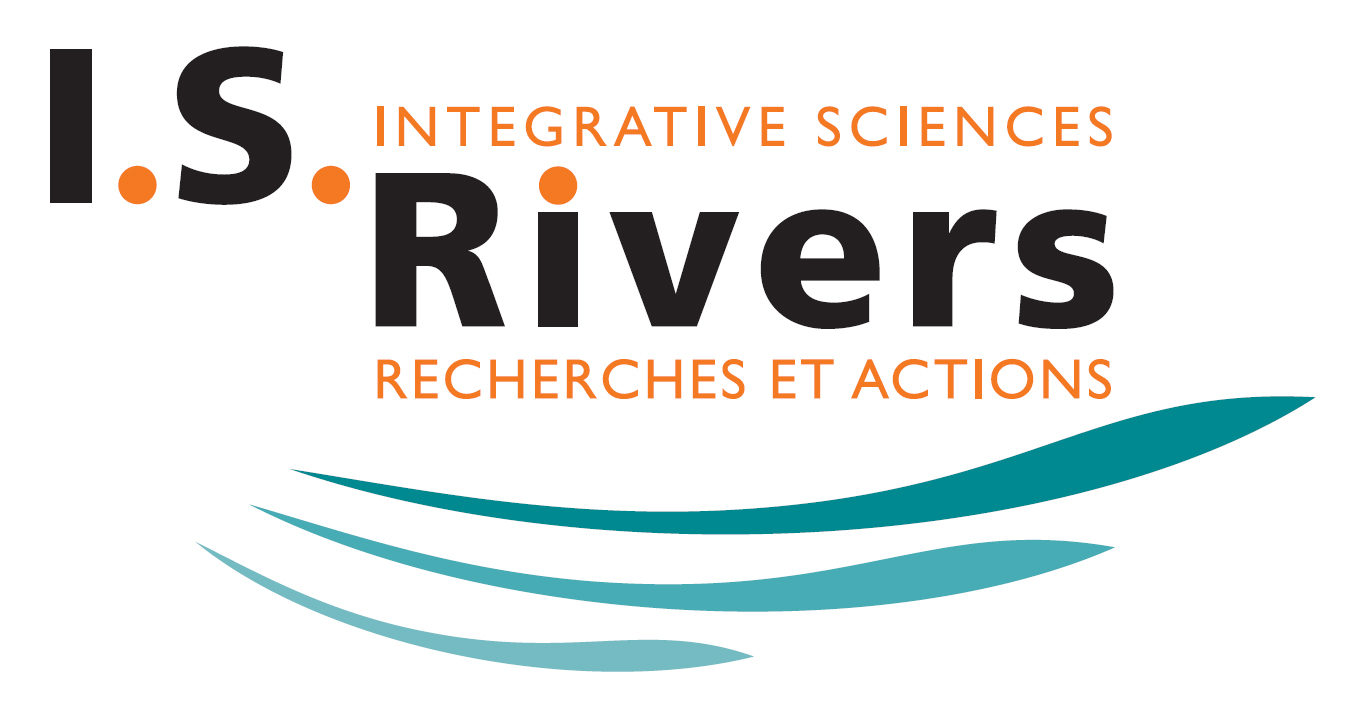I.S.Rivers awaits you between the Rhône and the Saône rivers, alongside more than 300 participants already registered!


I.S.Rivers is the place to be to enrich your knowledge, open your horizons and contribute to a more sustainable management of our rivers! With 200 papers and more than 400 participants from 30 countries, I.S.Rivers is a great time to share knowledge, experiences and prospective thinking conducted around the world in favor of our rivers.
Whether you are a technical water stakeholder or a scientist, you will find insights, as well as partners to debate with and conduct your policies and projects.
Let’s focus on two of the major themes of I.S.Rivers 2022.

First theme: Which trajectories and resources to adapt to global change?
A selection of papers about the Rhone, Durance, Alpine, Californian and Spanish rivers.
Anticipate to adapt
The Rhone basin is threatened by global change, which will increase tensions around water resources and their uses (hydropower, irrigation, drinking water). This study aims to define climate scenarios for each type of use, while questioning the limits of efforts to save water and those of the generalization of water storage via hillside reservoirs. A relevant tool to inform decision-making.
A2 session – Tuesday 5 July – 4:30pm
The governance challenge
The focus is on California and its great rivers, the Sacramento and the San Joaquin. Here the question is whether and how the state’s water institutions will change to improve the management of these great rivers in the context of climate change. A review of institutional strategies for the adaptation to climate change and their limitations, and useful recommendations for other Mediterranean climate regions.
A2 session – Tuesday 5 July – 4:30pm
Back to France, with the case of the Durance. The water resource of the Durance basin is influenced by numerous uses and by important water transfers.
Starting from scenarios integrating the modalities of sharing the water resource, how can these issues be brought to light? Which authorities to decide? Which territorial scale? Which tools?
B6 session – Thursday 7 July – 8:30am
To know the change process of rivers
What are the evolutionary trajectories of rivers over time, whether natural and/or man-made?
Carried out on a part of the Duero River, this study proposes a natural trajectory index (NTI) to characterize the evolution and assess the resilience of the river-floodplain system. This is a major achievement to consider restorations, knowing the evolution processes of rivers.
A6 session – Thursday 7 July – 8:30am
What are the key factors in the morphological evolution of rivers?
The answer can be found in a study of 15 rivers in South Tyrol, all of which have undergone some form of development, such as weirs, retention basins, bank protection dams and sediment extraction.
A6 session – Thursday 7 July – 8:30am
Alluvial forests and climate change: what are the links?
Conducted during and after the exceptional drought that affected California between 2012 and 2019, this study observed changes in the riparian forest of large rivers at different spatial and temporal scales. Tree water stress, decreasing canopy greenness, and increasing dead biomass, these findings are not just due to high temperatures and lack of rainfall, but to declining groundwater. Useful indicators to better manage alluvial forests.
A2 session – Tuesday 5 July – 4:30pm
Second theme : The functioning of rivers, their health conditions and the services they provide
A selection of studies carried out along the great European rivers, the Roya and the Vésubie, the Lom River, Cameroon or the Lhasa River, Tibet.

The key factors influencing sediment quality along Western European rivers
A database of more than 12,000 samples has been collected to study the key factors involved in the variability of metal concentrations in sediments between 1945 and 2020 along 7 European river corridors (Rhone, Seine, Lot-Garonne, Loire, Scheldt, Meuse and Rhine).
This work is available to the scientific community and managers and provides new results concerning the effectiveness of monitoring and regulations over time.
Session A1 – Tuesday 5 July – 2:00pm
The 100 Plastic Rivers Programme
A preview at I.S.Rivers of the first results of this program which, for the past 3 years, has been developing a first global reference of microplastic pollution in rivers around the world using standardized sampling, extraction and analysis protocols.
C6 session – Thursday 7 July – 8:30am
Measuring the services provided by watercourses
The River Ecosystem Services Index (RESI) was developed to operationalize existing knowledge and non-monetized assessments of the services provided by rivers and their floodplains in environmental management. A first application is underway on an 80 km section of the Danube in Bavaria.
C3 session – Wednesday 6 July à 8:30am
Major floods of the Vésubie and Roya Rivers (Alps, France): which lessons can be learnt?
This paroxysmal event, with a heavy human toll, has led to a quasi-generalized fluvial metamorphosis of the rivers, from sinuous single-channel routes to braided morphologies. These upheavals modify the perception of the space of freedom of these torrential rivers, which must be taken into account in the perspective of a resilient reconstruction.
A5 session – Wednesday 6 July – 4:30pm
Sediment management in the Rhône: which strategy?
The various studies carried out to date provide a good picture of the inputs and sediment flows of the Rhone. The points of rupture of the sedimentary continuity appear, whether they are natural or linked to the anthropic developments of the valley. This knowledge makes it possible to question the sediment continuity to aim for and the ways to achieve it.
A3 session – Wednesday 6 July – 8:30am
Response of a braided river to anthropogenic impacts
The example of a study conducted on the Lhasa River in Tibet complicates long-term data, highlights the interactions between groundwater and surface water, and helps explain why the functioning of the Lhasa River still seems resilient to anthropogenic disturbances.
A7 session – Thursday 7 July – 11:00am
A protocol to monitor aquatic and alluvial environments tested on the Loire river
This protocol aims to distinguish between what is the “usual” fluctuation of a managed site, what is the result of a management or restoration measure, and what is part of a longer-term trend and would require an adaptation of management practices. It is based on long time series and documents, at relevant spatial and temporal scales, the key parameters of the ecological functioning of environments, coupled with an observation of biodiversity.
C4 session – Wednesday 6 July – 2:00pm
Find all the details on these communications and their authors on the Program page of the site.
Don’t miss these exciting conferences and compose your course according to your interests!
